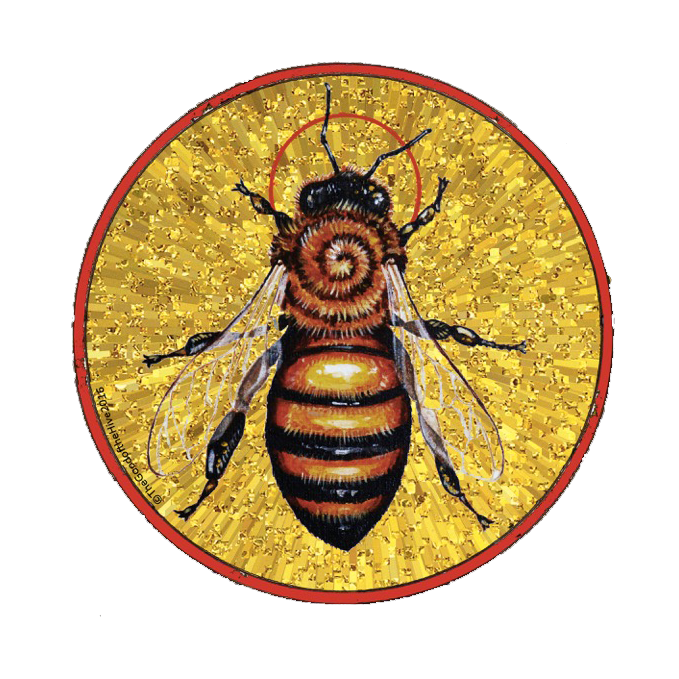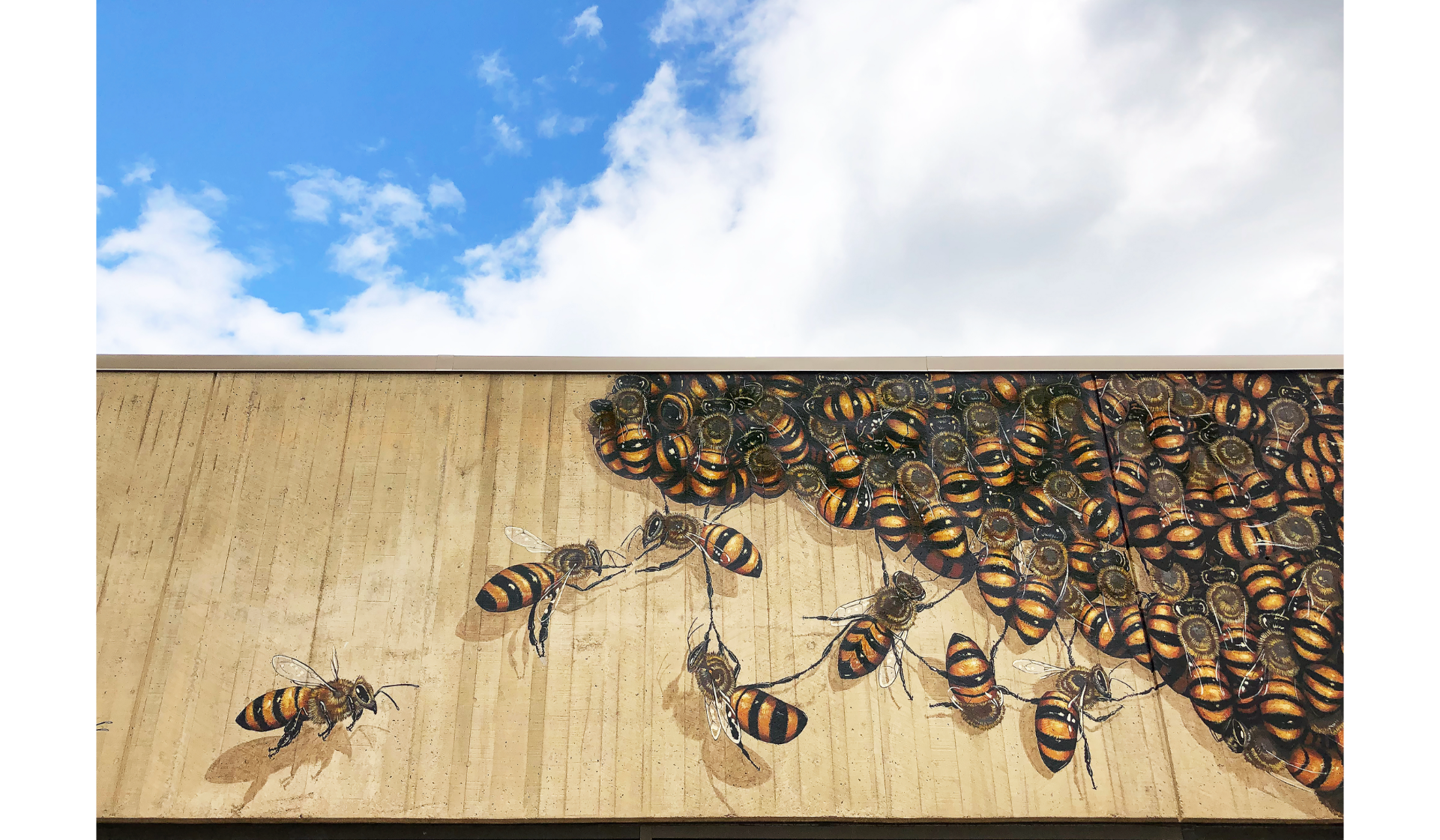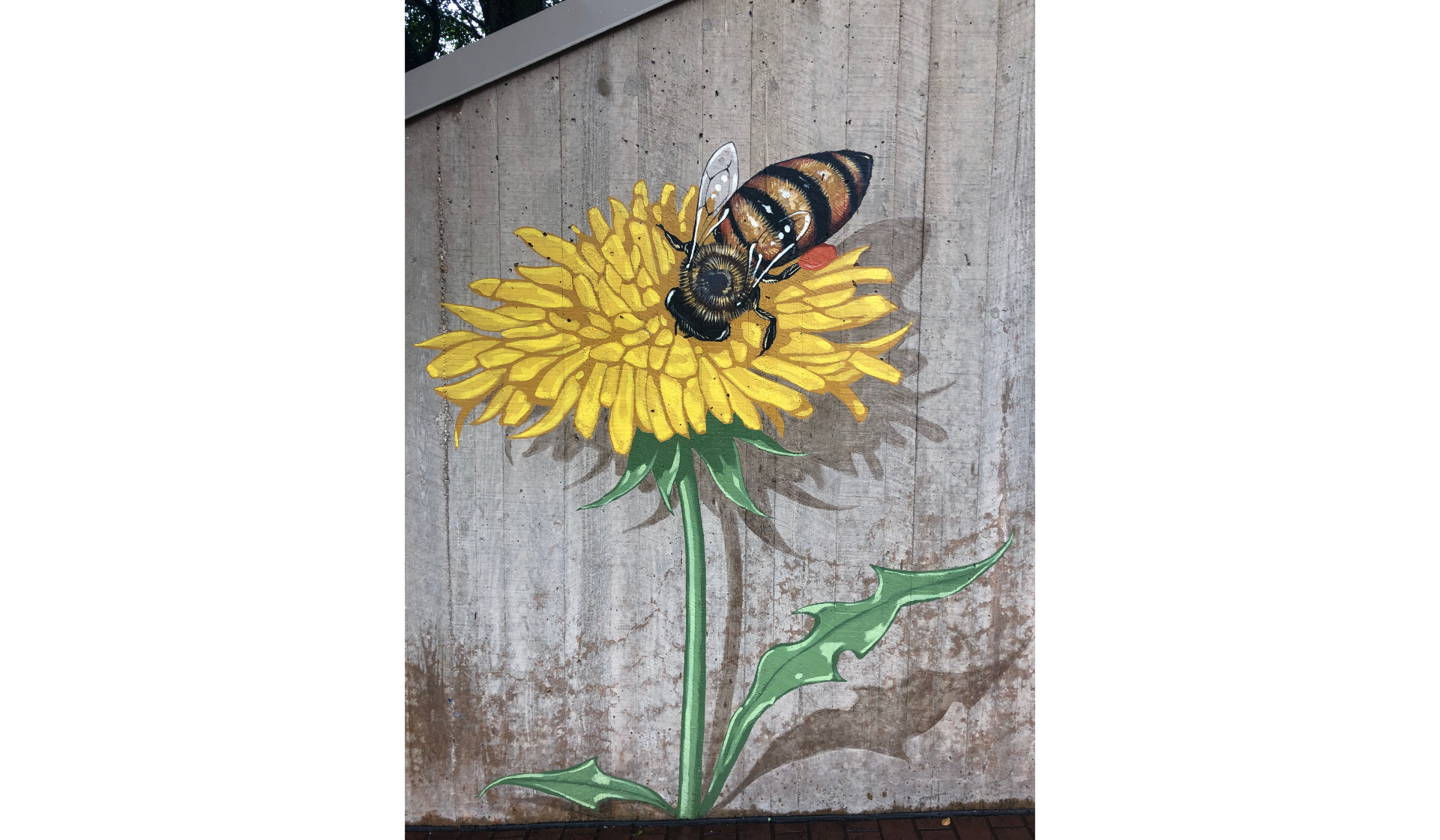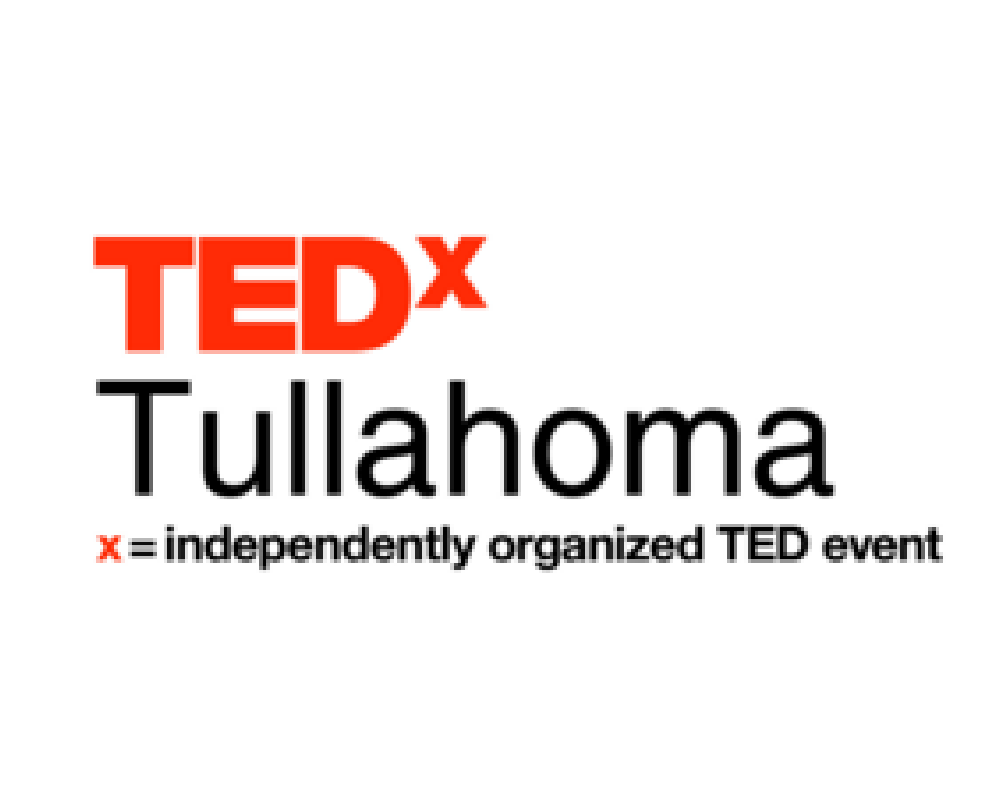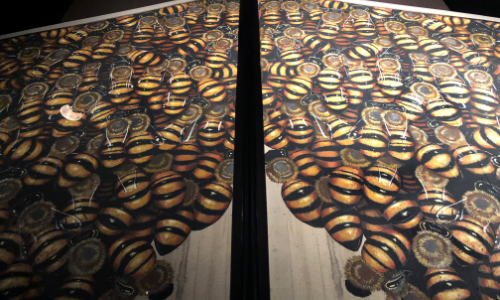SMITHSONIAN’S NATIONAL ZOO
Washington, DC
The Great Ape House
My interest was first drawn to the Great Ape House because, not only does the word ‘ape’ mean bee in Italian – (pronounced ah-pay), but both of these species are linked to ancient evolutionary shifts. The evolution of the relationship between pollinators and flora led the way for hominids to begin to evolve on land. Maybe the bees are saying, “Pay attention to us again, we are guiding you somewhere.” It is thought that before bees and other pollinators (approximately 120 million years ago), the earth was bland and lacking color – vast grasslands as far as the eye could see. As the pollinator species evolved with the flora, beauty and color began to expand, and the diversity of species along with it.
The Process
I could stop there, but, as I ruminated on these two species further, I was brought to more modern relationships. All creatures great and small have specific reputations that affect their conservation and preservation. Is something cute, scary, useful, or repellant to humans? Tales such as King Kong – the (sadly) iconic (and too often repeated) fear-based story of the human tendency to try to squash whatever we do not understand come to mind. A honey bee can bring up misdirected fear for people as well – not just through sensationalized film, but in our own backyard. People let their fear inform their behavior far too often. And those fears are more often than not, based on perceptions, not reality. They imagine the bees will at some point decide to attack—so, once again, we start squishing.
Apes & Bees
Apes are very strong but relatively gentle. Bees are as well. When a hive of bees takes that incredible leap and swarms, they are at their most calm, it just doesn’t look like it to most human eyes. A swarm is the expansion of a healthy, thriving hive and one of the most sublime experiences in the natural world.
This Will Change the World
This mural highlights the mission of an expanding need for understanding and conservation. We must always look closer at what we think we see in order to know what is really there. By seeing something in a different way, we can inspire people to see other things in a new light. This can and will change the world.
